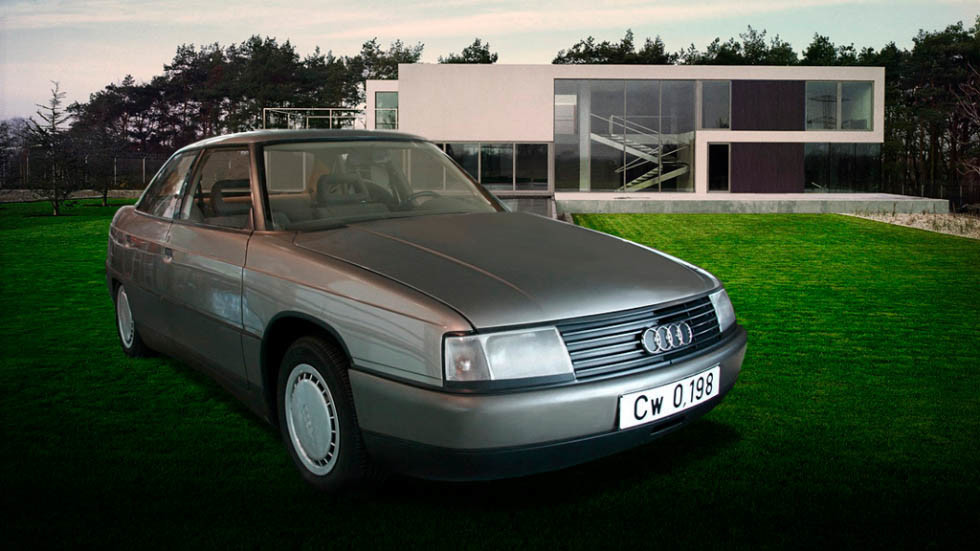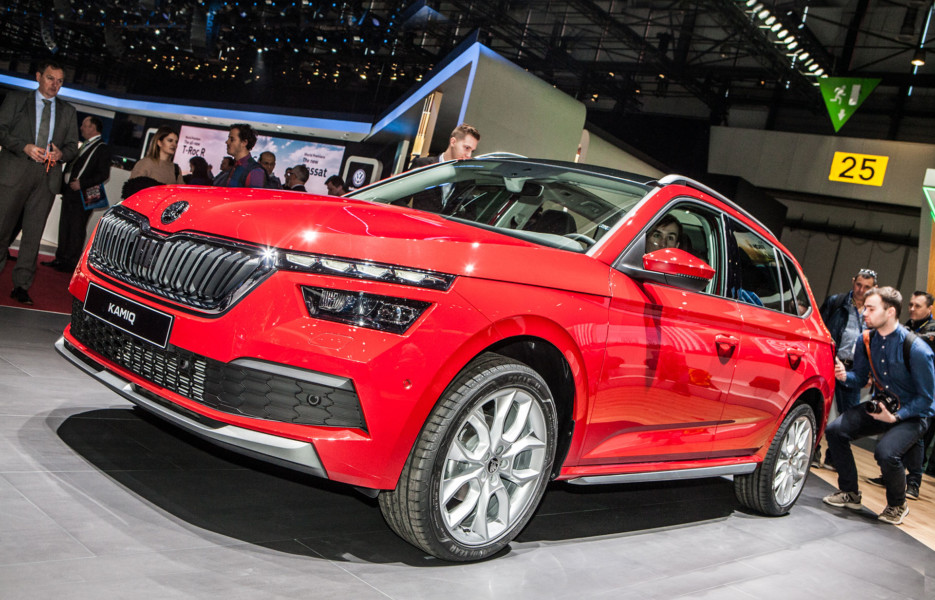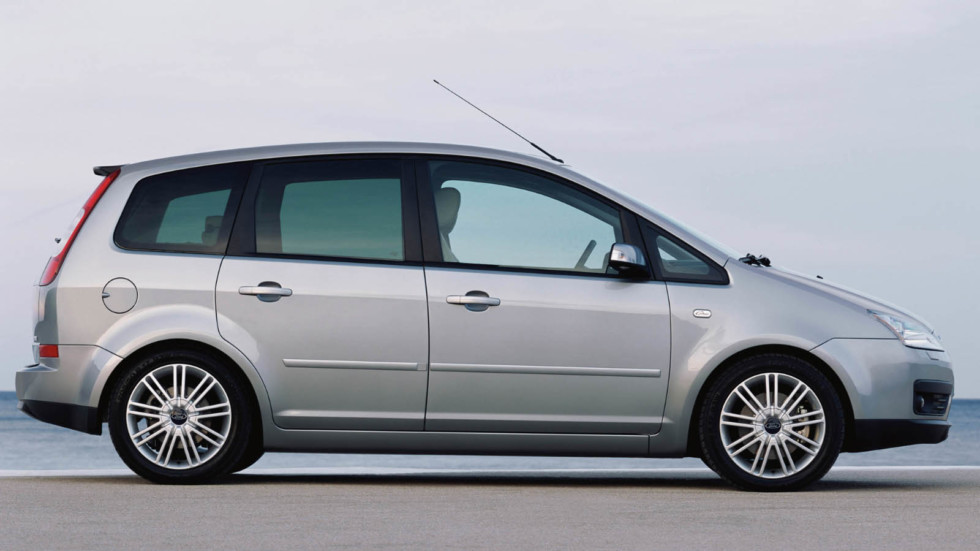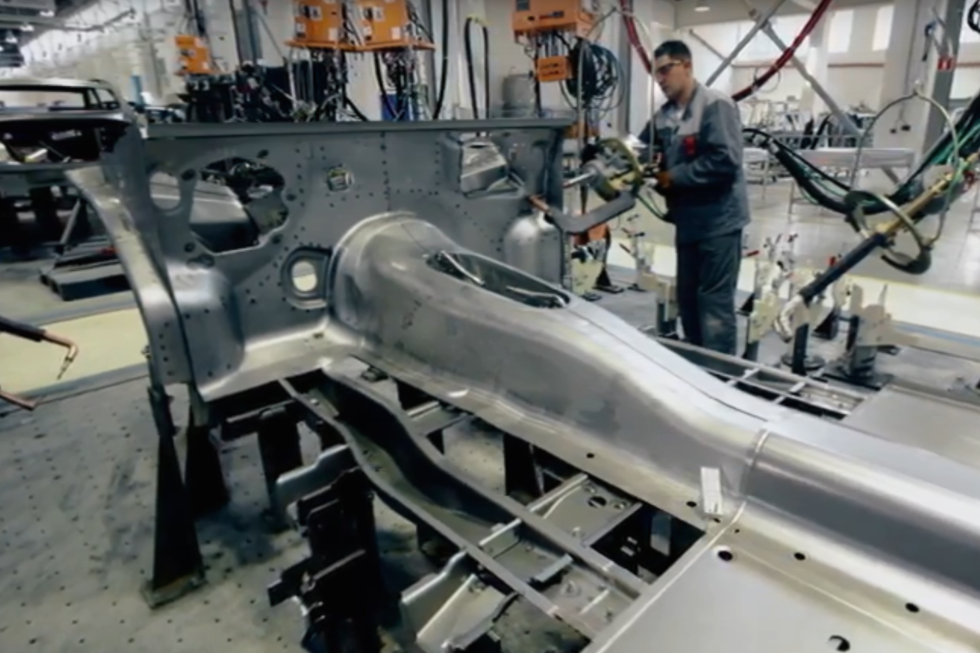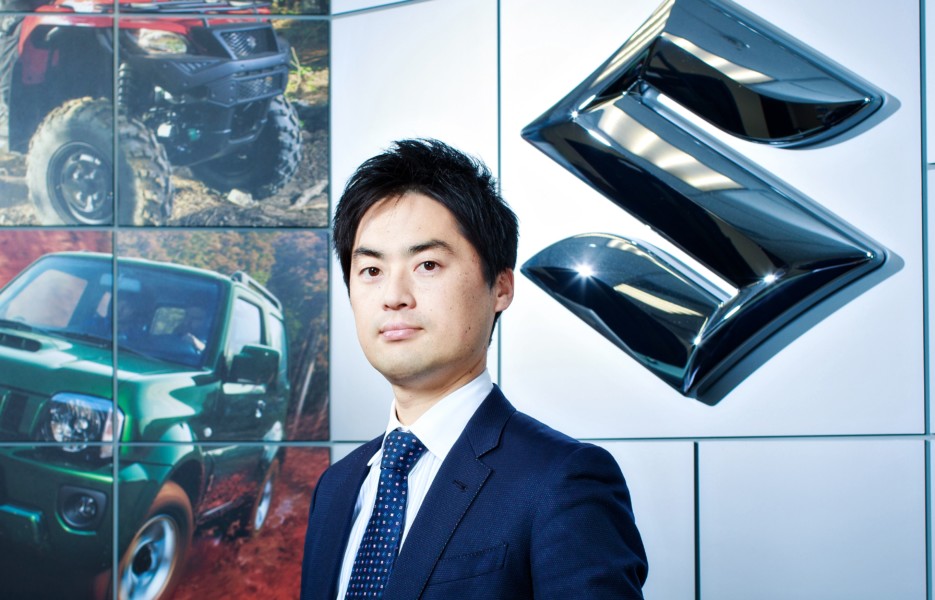Karapet and Mihleon: unknown Soviet experimental cars
 If we are not too lazy to rummage in the yellowed Soviet books, magazines, newspapers and penetrate the depths of the archives of the domestic auto industry, we face an endless tilled virgin that hides in our depths information about numerous cars, about which even contemporaries had no idea.In this article, we briefly describe the pre-war “production” of nameless truckers and individual prototypes of original, but long-forgotten passenger cars, which until the mid-1970s were assembled by domestic institutes and car factories.
If we are not too lazy to rummage in the yellowed Soviet books, magazines, newspapers and penetrate the depths of the archives of the domestic auto industry, we face an endless tilled virgin that hides in our depths information about numerous cars, about which even contemporaries had no idea.In this article, we briefly describe the pre-war “production” of nameless truckers and individual prototypes of original, but long-forgotten passenger cars, which until the mid-1970s were assembled by domestic institutes and car factories.
A look into the recent past
The first Soviet automodel is considered a Karapet light truck (Kar-a-Pet) with an eight-strong motorcycle engine, a planetary gearbox and a bearing body with two transverse seats. The names of the founders – engineers of the Scientific Automobile Institute (NAMI) DK Karelskikh and I. Petrov were encrypted in its name.
Three years later, the second car OCTA (Experimental design of a three-wheeled vehicle) with a 500-cc engine and an independent front suspension, assembled by the designer E. V. Kirshevsky from Novocherkassk, appeared. In 1936, Kuibyshev engineer L. N. Mikhailovich built a similar Mihleon tricycle with a 12-horsepower V2 unit on the channel frame and rear suspension from a NAMI-1 car. At the same time, the engineers A.I. Peltzer, Yu.A. Dolmatovsky and B.N. Popov developed an unrealized project of a 15-strong PDP machine, and a group of enthusiasts from Zaporozhye under the direction of L. D. Kovalev assembled a car with hydropneumatic suspension.
Double car “Mikhleon” with the right-hand drive. 1936
At the end of the Great Patriotic War, the development and production of rare and little-known cars passed into the hands of scientific institutes and factory design bureaus. The first post-war “swallow” was a passenger car “Victory-NAMI”, by the brand of which it was clear that it was a mixture of the GAZ M-20 production model with the “delights” of a leading scientific institution: a three-volume body, an extended salon, a new lining.
At the end of the 1940s, the Moscow small-scale car plant (MZMA), holding the Moskvich-400 (M-400) model, which was the prototype of the German Opel Kadett of 1938, dominated the activity in creating numerous test samples of passenger cars. Factory designers, who patriotically tried to make their “Muscovites” different from the Opel, created several experienced, more attractive sedans and coupe MZMA “Moskvich-403E-424E” with alligator hoods, wide wings and chrome-plated linings, retaining the former rear part of the body. Since the beginning of the development of the M-402, several prototypes with pontoon bodies and various types of tail have also been assembled.
In the summer of 1949, Vsevolod Bakhchivandzhi, a captain engineer, lead designer of the Riga Experimental Plant (REF) and part-time brother of the famous Soviet test pilot, received an order from JV Stalin on the anniversary of the October Revolution to drive his original REAF-600 car to Moscow.
It was possible to fulfill this instruction only in a year, when two new REAF-50 cars appeared. Externally, they were distinguished by rectangular headlamps and wide aluminum lining that girded the body. Other curiosities included a two-cylinder 32-horsepower engine (half of a derated engine from GAZ-MM), a hydromechanical transmission, automatic clutch, independent suspension. The cars weighed 680 kg each and at a speed of 75 km / h consumed about 12 liters of gasoline per 100 kilometers. Their maximum speed was 90 km / h. The artisan quality, complexity and high price of REAF cars (three times more than the serial “Moskvich-400”) caused the cessation of work on the only purely Latvian car.
Five prototypes of the Moskvich-444, assembled in 1957-1959, served as a mobile base for the development of the future Soviet minicar. Their constructive and design basis was the FIAT-600 minicars purchased in Italy, which Soviet designers studied and reworked many times: they installed different engines, running gear elements and lowering windows, changed the shape of the body parts, the front end, the size of tires and the body color. But the main aesthetic achievements were the stamped arrow on the doors and the “comb” on the rear wings. In April 1959, the technical documentation for the car was transferred to the Zaporozhye combine plant, where the 444th Moskvich turned into a ZAZ-965 Zaporozhets.
